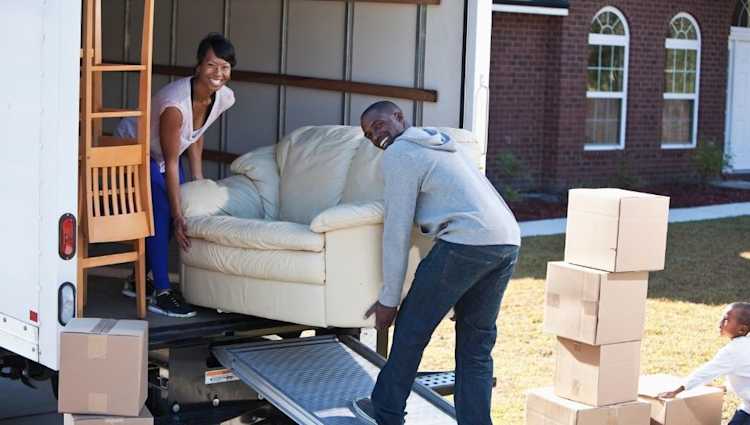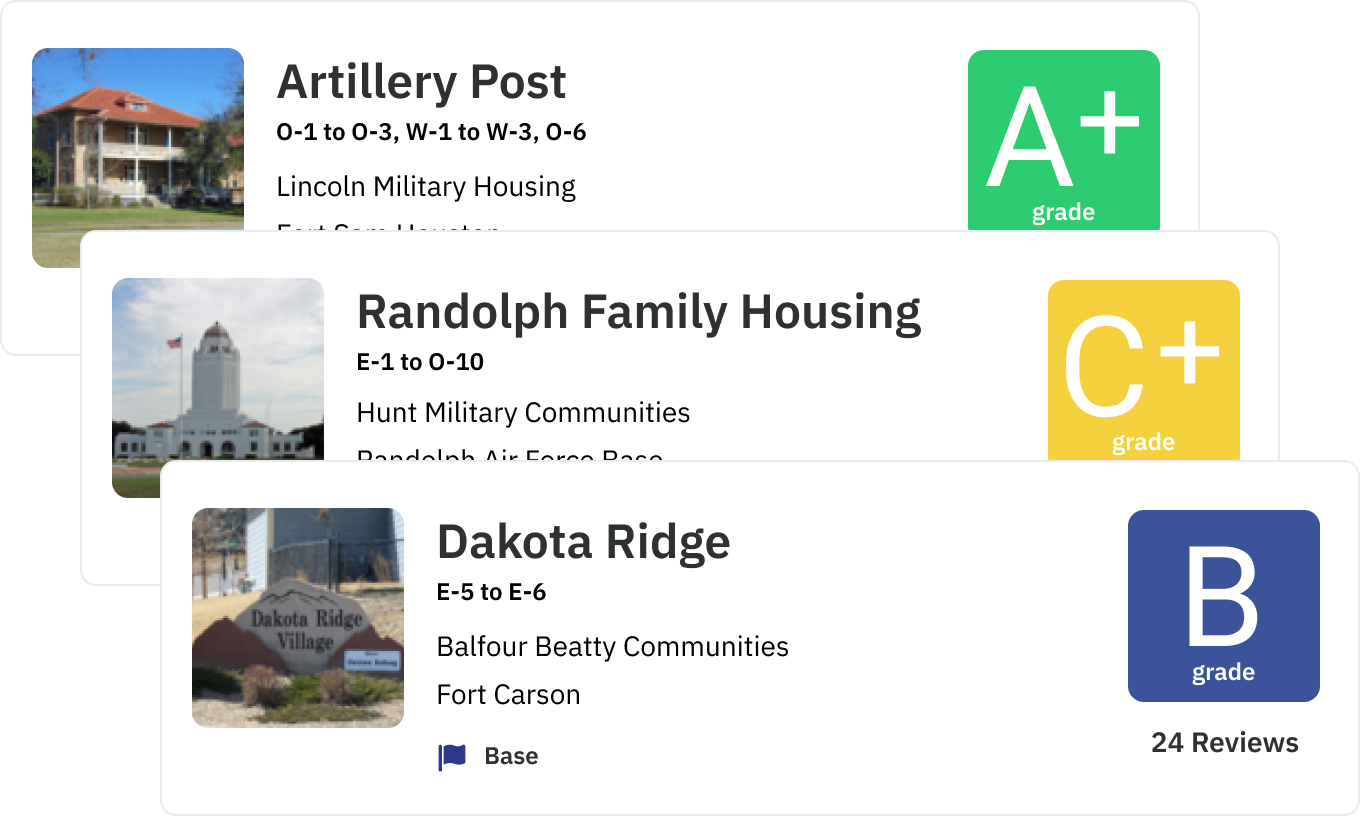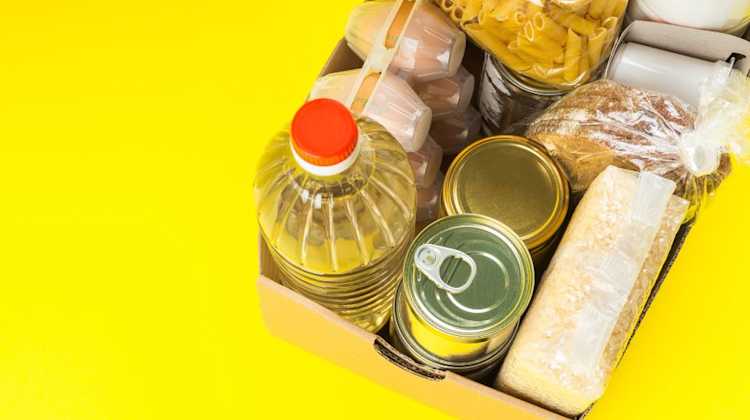A Do It Yourself Move: What to do Before and After a PPM
by PCSgrades Staff - September 25th, 2021

A military move can be exhausting. The military usually asks service members to stay at a station for around 36 months, but Permanent Change of Station (PCS) moves can get more frequent depending on the needs of the military. Military families should always be prepared for an upcoming PCS order. There are a few ways to go about a PCS move, with a Personally Procured Move (PPM) a popular option. This is a do it yourself move, where you’re in charge of all the moving arrangements and expenses. Let’s discuss why PPMs are the way to go for a PCS move and the top tips to keep in mind for a smooth move.
Why do a PPM?
Despite seeming laborious, a PPM move is more than worthy of the trouble. This year, the government now reimburses 100% of the perceived costs of your move. So if you spend less than what the government estimates your move to be, you’ll be able to keep the rest for yourself. With careful planning and budgeting, you’ll be able to deposit quite a sum of cash into your bank account after your move.
There are other benefits to doing a PPM. You’re given an authorized permissive TDY (travel time) to do your move, so if you’re efficient enough with your move, you will have a few days of free time to relax or spend time with your family. Furthermore, a PPM put you in charge of everything, so you can choose your own schedule, select the best movers, keep track of your belongings, and decide when and how everything will be transported.
Things to consider when doing a PPM
Now that you’ve decided to do a PPM, here’s what you need to keep in mind before, during, and after this do it yourself move.
What to do before a PPM
Once you’re eligible for a PPM move, it’s time to handle the paperwork. Key things to consider are: your children’s school records, your spouse’s employment situation, a mover’s contract, and any arrangements that you need to settle before you move out. One great benefit of being in the military is that you’re eligible for discounts — including mover services. My Military Benefits highlights that even if you’re not in active duty or doing a PCS move, you’re still qualified to get discounts on mover services like rental trailers, pet carriers, and even storage facilities. Don’t forget to compile all your receipts in one location. You’ll need them to claim your PPM reimbursement.
Before a PPM, you also have the option of procuring an advance payment from the military to help cover moving costs. This way, you can move forward without having to touch your family budget and regular expenses. Just remember that any advance payment will be deducted from a future paycheck. It will all balance out once you are reimbursed, but this process can sometimes take months. If you are given a Government Travel Card for moving expenses, only use it for authorized purchases, and save all your receipts.
Another thing to keep in mind is obtaining insurance coverage for your move. This includes: your personal insurance, renter’s insurance, homeowner’s insurance, and vehicle insurance. Of course, you will want to make sure that everything’s ironed out before you move — to protect you, your family, and your belongings. When the military moves you, the moving company includes insurance coverage in the fee. When you move yourself, you are responsible for everything. So it is definitely worthwhile to have everything covered in case you drop the TV or smash a heavy box of dishes.
If you’ve settled all your paperwork and necessary arrangements, it’s now time to prepare for moving day. Our previous post ‘How to Prepare for a PCS Move’ advises that you take your time preparing in order to avoid any roadblocks on the day of your move. Some key tips are: find a way to get rid of stuff you don’t want to bring, create a binder of all important documents that you need for your move, and invest in items such as bubble wrap, sturdy boxes, and packing peanuts to keep your belongings in good condition. Additionally, it’s also essential to keep track of the total weight of what you’re moving, as your PPM payment is based on your weight ticket. If you rent your own moving truck, you must weight it when it is empty, and again after it is loaded. If you hire a moving company, make sure they will also have both these weight tickets.
What to do after a PPM
After you’re done preparing and packing up your stuff, it’s time to send it off with the movers or drive it yourselves to the next location. Now your family deserves a break! Moving can be more stressful than divorce. Be sure to get some time away from your military duties and help the family relax as you move. Whether you turn your drive into a sight-seeing tour, use your travel days to visit friends and family, or simply take some down time to explore your new town, it’s important to build in some time that is not focused on boxes and packing.
Once you arrive at your destination, it’s now time to complete your move. Finalize your housing plans so you have somewhere to settle after time in hotels. Be prepared to set up utilities to make sure that you have water, electricity, internet, and trash removal at your new home. You only have 45 days to submit a claim to the military for your PPM reimbursement, so make sure that you collate the receipts, documents, and paperwork required for your settlement. If you put moving charges on a credit card, pay it off promptly to avoid interest and late fees.







